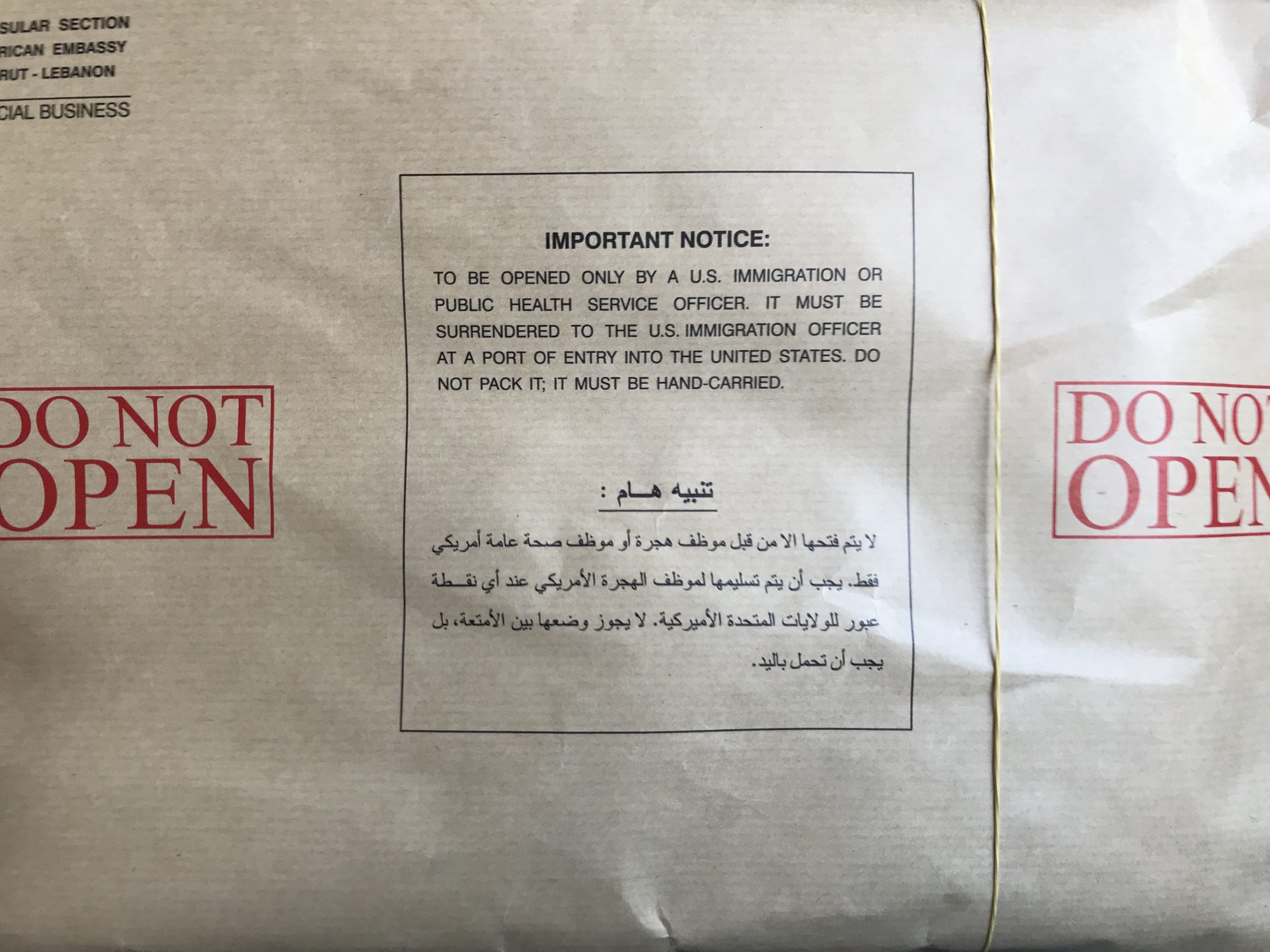Hi, my name is Jad and I have a scarcity mindset.
Okay, so that’s starting off a little glib, but seriously, when you think about it, the term has become a catch-all for all things uncouth; if not a stigma, then a case of adult cooties. No one wants a scarcity mindset.
But scarcity seems like a natural default for me when budgets are limited and resources are stretched. Digital media trick us into endlessly producing because the costs are offset way down the line—our millions of JPEGs cost *something* somehow, but we’re not the ones immediately fitting the bill. So we generate and we churn.
Not so with analog. Every roll of film is the price of a meal and developing them is a Sunday roast. The meal is a set menu of 15, 24, sometimes 36 exposures—that’s it. It’s an invitation to slow down and enjoy, but it can wrack you with guilt over the frivolity.
I’ve found that with a film camera in my hand, I have to constantly override my instinct to savor every bite to the point of paralysis; when I started, I wanted every photo to be “worth it,” seeking out images I wouldn’t normally capture, while, at the same time, multiplying my hesitations. This made it difficult to actually finish a roll, deferring the payoff of seeing what I’ve sought even further—so I’d end up begrudgingly scarfing down a bunch because I had to “finish it.” Binge and purge. That’s not healthy.
But with time, I started to find meaning and worth in whatever shots came my way; I began to tell myself that I’ll never learn anything if I don’t try anything—that’s the growth mindset balancing out the scarcity mindset, I guess—and the results would surprise me. Many of my throwaway or consolation shots—photos I took to just get through the roll or not feel like I’ve wasted an outing—turned out to be quite beautiful.
Analog photography with outdated tech is pretty much an exercise in neuroplasticity: firing up dormant senses, rewiring old habits, flipping the internal script. It’s the same as any skill-learning process, but it’s also different, because it disrupts ocular supremacy & the banality of sight—it enstranges.
This #doubleexposure was accidental and kinda cool. Every YouTube video on the #Holga135 I watched talked about waiting for a click at the end of the roll, when the advance wheel would stop turning, so you can rewind it and pop it out, but that click never came on mine; it just kept tuning and turning, gaslighting me into thinking that there’s one more shot every time I thought I was done, even though my counter had stopped counting. Maybe I didn’t advance it far enough before I started shooting?
As an analogy, in places like Iraq and Afghanistan, I lived among some very proficient fighters and hunters of different military forces. They all used a vast spectrum of tools, ranging from laser-guided missiles to automatic rifles, extremely sophisticated and powerful pieces of gear, but every single one of them also carried a knife. The Holga is a knife.” (Teru Kuwayama, war photographer)
“Writing, in its physical, graphic form, is an inseparable suturing of the visual and the verbal, the “imagetext” incarnate.” (W. J. T. Mitchell)
“The artist does not and cannot transmit a phenomenon in its entirety. The common time with four beats already conveys a certain intermittence: “one-two-three-four.” This intermittence is real – and it allows us to show a single property common to a set of objects that we behold, and which is beyond their recognizable quality. Art always divides objects and offers a part instead of the whole, a feature of the whole, and no matter how detailed it is, it still is a dashed line representing a line. Art always separates the similar and unites the different. It is stepped (gradational) and can be montaged. But art is not a train connecting cars full of phrases. Connections highlight the ruptures. We isolate separate features in order to transmit the whole. If we develop a certain segment in great detail, then that segment replaces the whole, transmitting not so much its condition but the meaning of its condition. We divide narratives into separate chapters or paragraphs; we emphasize the distinction of separate lines through rhythm and rhyme. At the same time, we “repeat” and reinforce the previous word with the help of rhyme, as it were, forcing the reader to reread the preceding line.” (Viktor Shklovsky)
“I think its a fundamental feature of images that they move from one medium to another. And this has become hyper-evident in our time with the computer, which is a kind of master-medium also and allows us to transfer data of all kinds from one platform to another, turning sounds into sights or language into image. The computer has made something that is very old evident in a new way.” (W. J. T. Mitchell)
